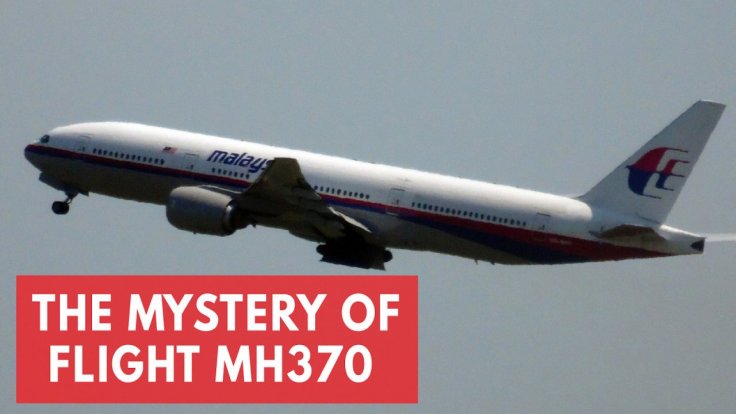
The missing case of MH370 has been perplexing aviation experts since 2014, as search programs funded by billions failed to rack up the desired results. Now, John Guo, a geologist has claimed to have found the missing plane in the forests of Cambodia.
Using Google Maps, John Guo spotted a 600 meter stretch of ruined trees and he believes that this crush zone could be the result of a plane crash. The geologist also added that this crush zone is 45 meters wide.
It was Google Maps expert Ian Wilson who first spotted the anomalies in the Cambodian jungle. John Guo who is apparently an expert in remote image interpretations believes that further exploration in the Cambodian jungle could unravel the mysteries of the plane which went missing with 227 people.
"This video shows an obvious crushed aeroplane image identified on Google Maps in Cambodia, first identified by a British video producer. The aeroplane object is clear and the texture information of the forest behind the aeroplane helps me to interpret what could have happened when the aeroplane crashed on the ground. There is obvious ground (forest) evidence to support that the aeroplane in Cambodia is not the result of an overlapped fly-over aeroplane in the region" said Guo in a recent video uploaded to YouTube.
Wilson is expected to visit the Cambodian jungle this month and Guo will join him as an expert in remote image interpretations.
"I, as a geologist with rich experience in remote image interpretations, had a look on Google Maps. I believe there is an aeroplane at the site identified. But whether it is MH370, then that will be another question to answer and can only be answered by an on-site investigation," added Guo.
MH370 operated by Malaysia Airlines disappeared on March 08, 2014 while flying from Kuala Lumpur International Airport, Malaysia, to its destination, Beijing Capital International Airport.









